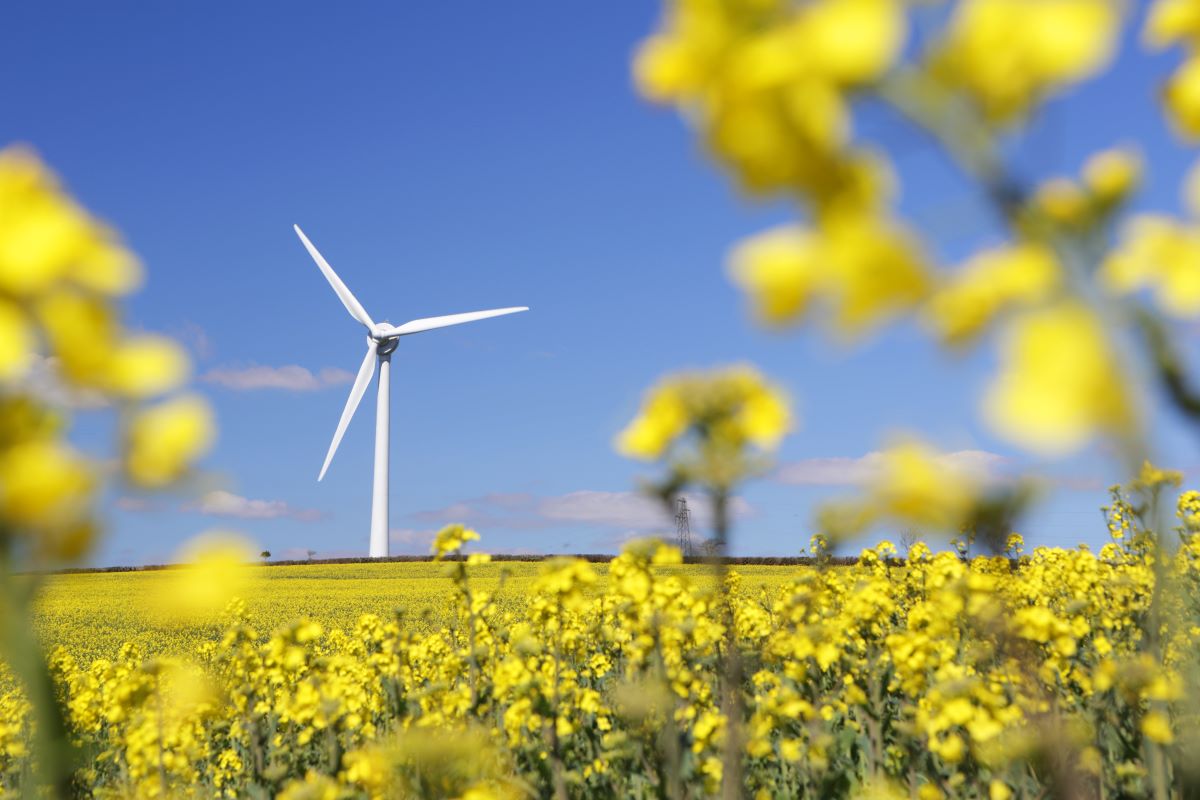Environmental benchmarking in rural landscapes
There has never been a better time for holistic analysis of the resources available to and assets held within land-based businesses.
2 minutes to read
This article forms part of The Rural Report 2023/24 offering rural property owners and businesses the latest news, guidance, advice and key insights in rural markets.
Download The Rural Report 2023/24
Landscape Recovery Fund
The recent launch of round two of the Landscape Recovery Fund brings into focus the benefits of farmers, landowners and land managers working together to deliver environmental and climate goods across a landscape scale.
With environmental and social impacts at its core, the scheme concentrates on a number of key areas:
- Net zero
- Protected sites and wildlife-rich habitat
- Suitability and readiness for the scheme
- Consideration of food production
- Value for money to deliver long-term positive environmental outcomes

Landscape Recovery projects will be ambitious and have the potential to deliver positive outcomes for farmers, private organisations, the rural economy and the public.
This can be achieved through productive collaboration of public and private resources to sustainably fund land-use interventions at scale, through a competitive application process.
A further round of funding has been committed to in 2024 and further rounds are expected in future years as the scheme is scaled up.
Ecology and biodiversity, food production, forestry, health and well-being are all areas that all require action at a landscape scale, to deliver change at a local, regional and national level.

Rural benchmarking
Benchmarking will be a valuable tool, critical to measure improvement in an individual business’s own performance it is also an important tool for communication to, and demonstrating accountability to, external stakeholders.
Through consultation with peer groups or local estate clusters, discussion groups can be formed, enabling performance to be improved through new ideas and shared knowledge, with consideration of differences providing an opportunity to question data.
There is need for consistency, something RICS is looking to establish through the second phase of the Rural Benchmarking study.
Key Performance Indicators
There is also development of future benchmarking standards from which an estate could pull relevant KPIs from those available to enable bespoke benchmarking following establishment of a “baseline”.
KPIs should include a range of metrics from physical and financial performance, more familiar to many, to quantifying habitats and biodiversity and the impact of land management practices on the performance of the ecosystem services. This should be combined with with more subjective criteria to measure customer satisfaction or the delivery of public goods.
A significant shift in perspective is required as we go through this period of rapid change, particularly for land use and its impact on the environment.
Benchmarking that is done well will support informed land-use decision-making and when used effectively by rural landholders should increase sustainability.
If done correctly, this could lead to a thriving rural sector with a significant impact on many communities, including jobs, houses and the environment.
Photo by Scott Graham on Unsplash